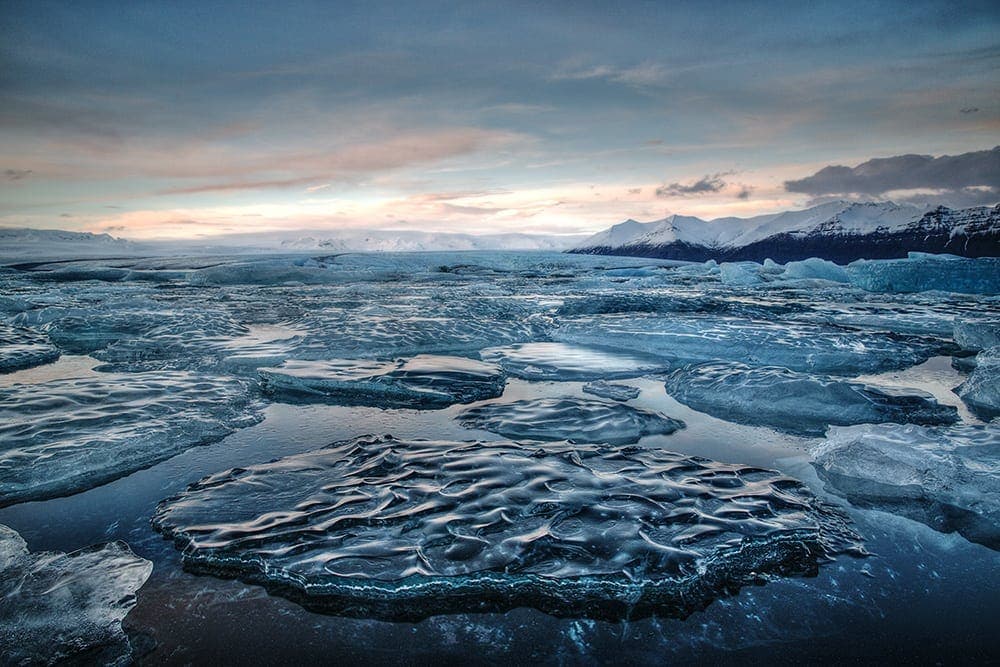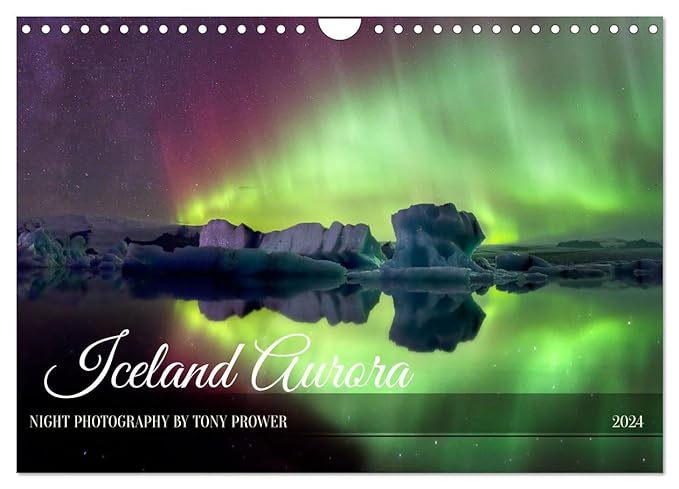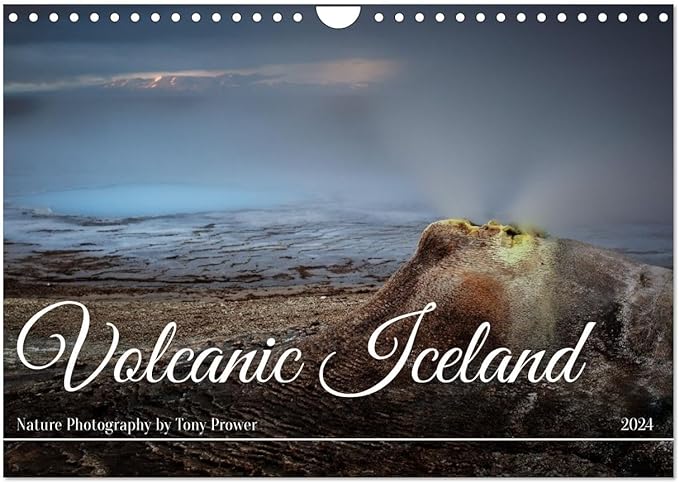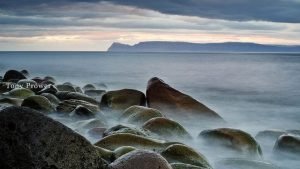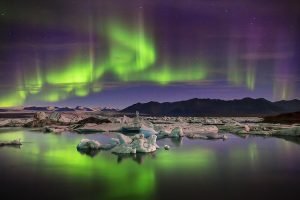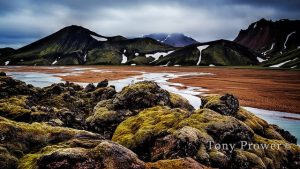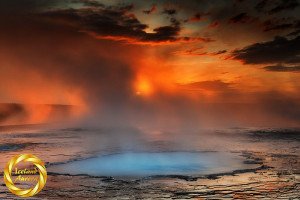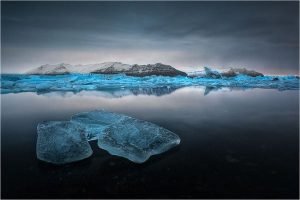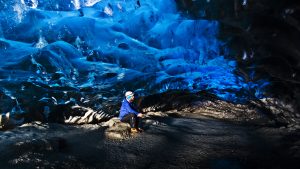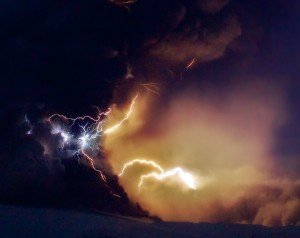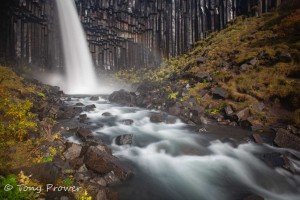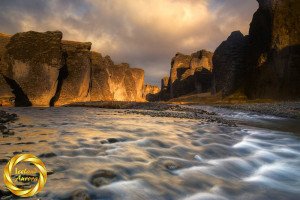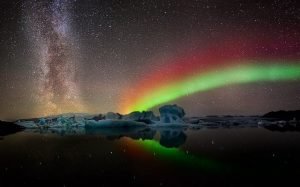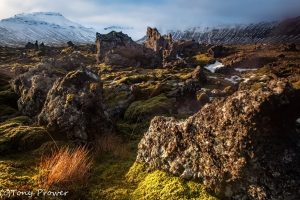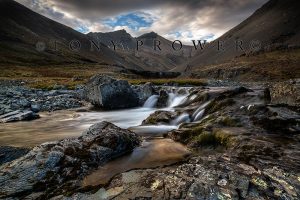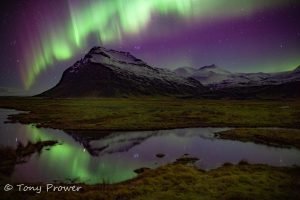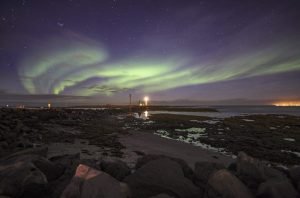In this Landscape photography article, I attempt to inform the reader of the several steps required to become a Magical Landscape photographer.
Passion for Photography
Yes I am going to start with something other than cameras and locations. Your emotional brain (heart) is the most important tool on your journey of discovery. For starters, you have to love Landscape photography, if it doesn’t interest you then you should be reading a different blog. But it is more than just “interest” there really needs to be a passion. Being passionate about landscapes is your foremost starting block from which to spring into action.
Feel the scene
Aside from passion, your brain has to learn to see. Of course, you can already see, but the successful landscape photographer will need to be able to see the nature without the clutter of thought, kind of like a third eye, the landscape photographer needs to see the landscape in its fresh, virginal state – in other words; to be able to feel the landscape.
When you come across a new landscape scene (which you find beautiful), there are a few seconds where your creative brain feels the scene, then thoughts kick in and the feeling fades. The trick of a landscape photographer is to be able to keep the feeling. In other words allowing your creative brain to linger and limit those distracting thoughts to a minimum. This wont guarantee photographic success, but it might improve your chances.
Seeing comes easy to some and not so easy for others. Here are some ways you can train you brain to keep the feeling long enough to photograph it:
- Practice meditation – meditation is a technique to limit distracting thoughts – it is as simple as feeling the breath as you breathe – practice!
- Practice using your equipment – there is nothing worse than struggling with a tripod when you should be capturing the scene.
- Set your camera up like a point and shoot – this comes with practice, but you don’t want to be doing mathematics when you should be capturing the scene.
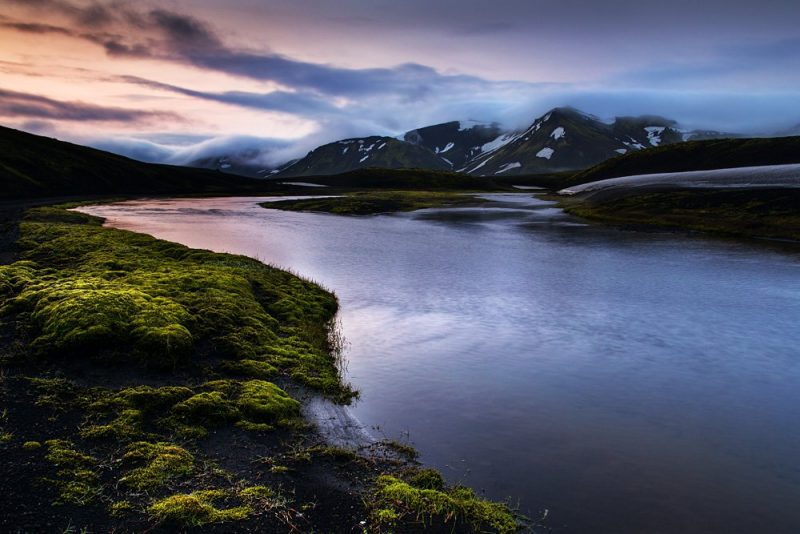
There is more info about training your brain to feel the scene in this post!! Left brain versus right brain.
Study Vision
Use your brain to study the visual process. Learning how we see depth is so useful for a landscape photographer. The type of depth perception knowledge that is useful to a Landscape Photographer is called “Pictorial Depth perception” or “Monocular Depth perception” . See this Photo article for an introduction to understanding Depth Perception.
Use your brain to study other people’s photographs and learn to give (and take) effective criticism. This form of study is ultimate training for a landscape photographer. And with the web and so many photo websites, it is something you can do anytime.
Think outside the box

Here is a famous nine dot puzzle. The challenge is to connect all 9 dots with 4 lines and without removing your pencil from the page. The solution is at the bottom of the page.
Thinking outside the box is a common term for the ability to solve problems with non obvious methods. Landscape photographers have to think outside the box regarding camera settings, tripods, lenses and processing.
Get to Know Nature
Use your brain to study the landscape. This includes some geology a lot of meteorology, such as weather systems, you need to know about moon phases, tides, sunrises sunsets etc. It is really beneficial to understand weather forecasts and observe the behaviour of light in a sunrise situation. You should at least be able to estimate the changes in the direction of light at different times of the day.
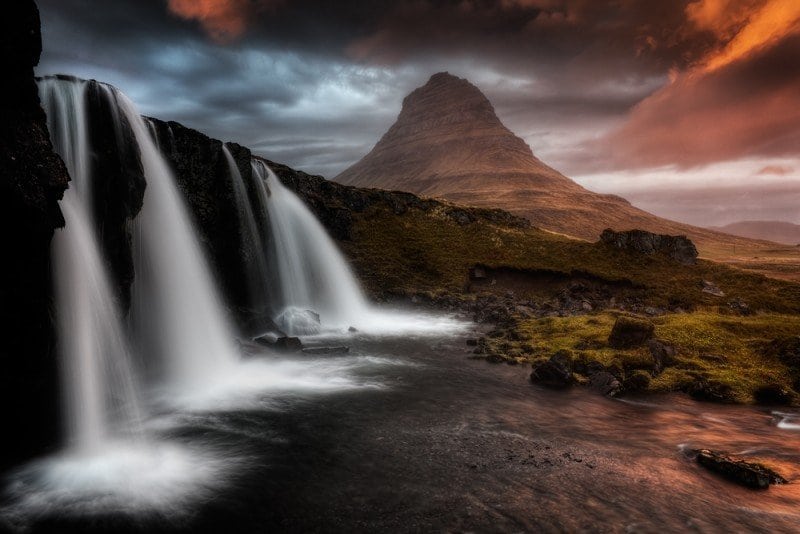
Use your brain to study technology. Although it is still possible to shoot film and keep the images to ourselves, most of us want to become Landscape Photographers in order to share our work with the world. To do this, an understanding of digital camera technology and internet technology is important.
Use your brain to study other visual arts!!
Allow your brain to be flexible and open to changes and expectations.
But mostly, use your brain to subscribe and continue reading the rest of my how to guides to Landscape Photography.

As you can see the trick is to go beyond the limits of the dots.
